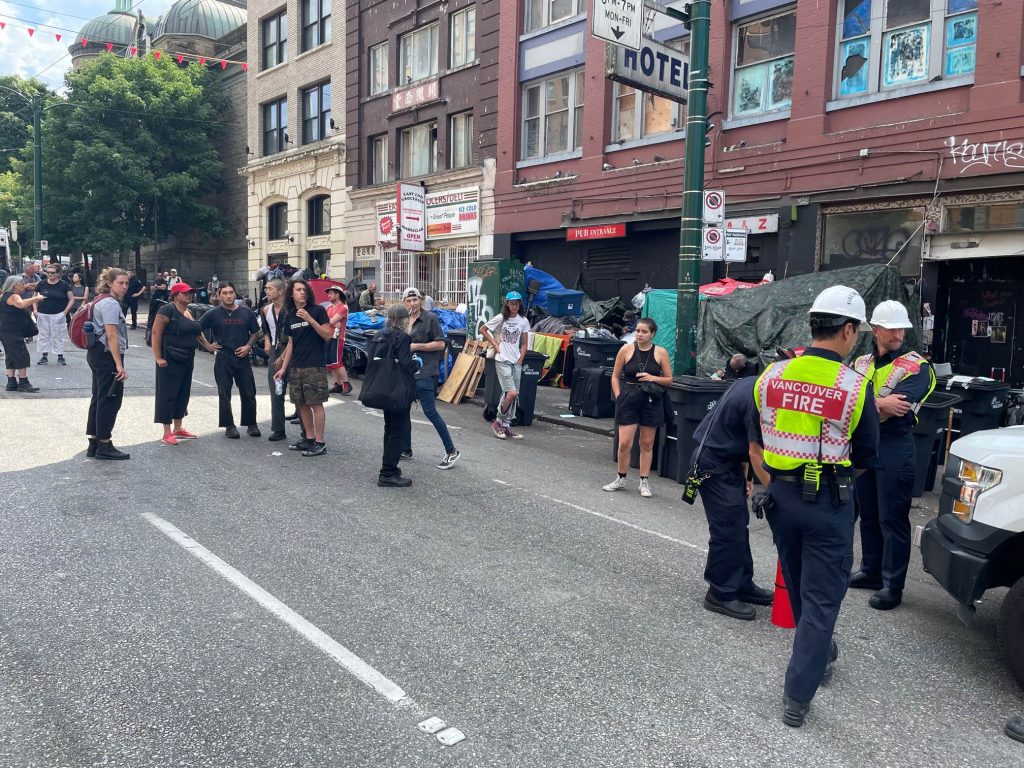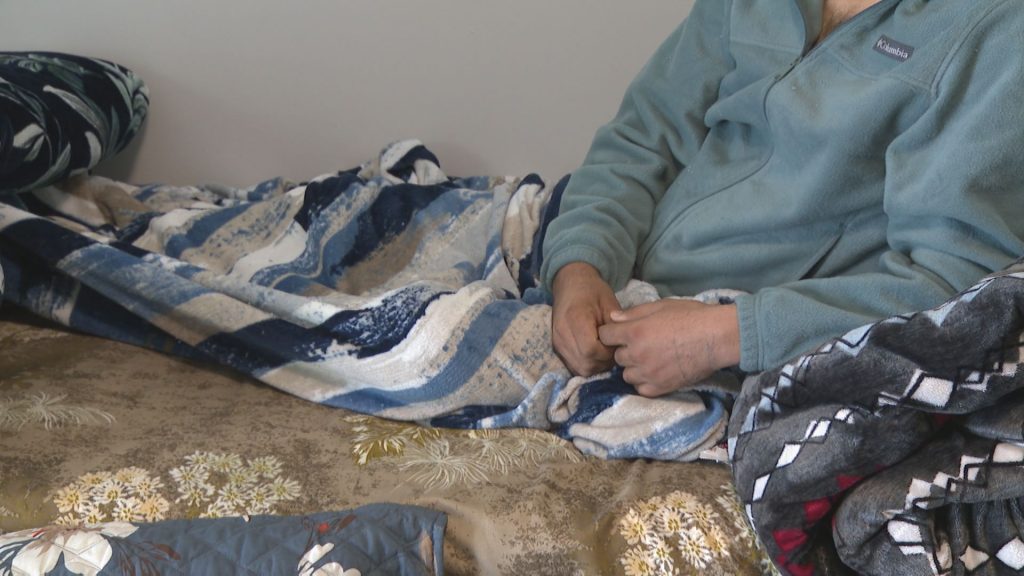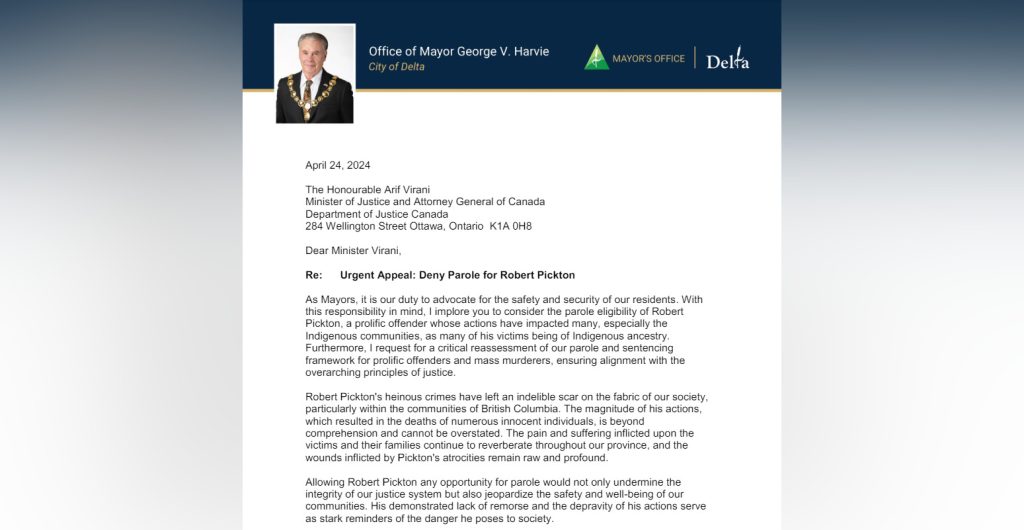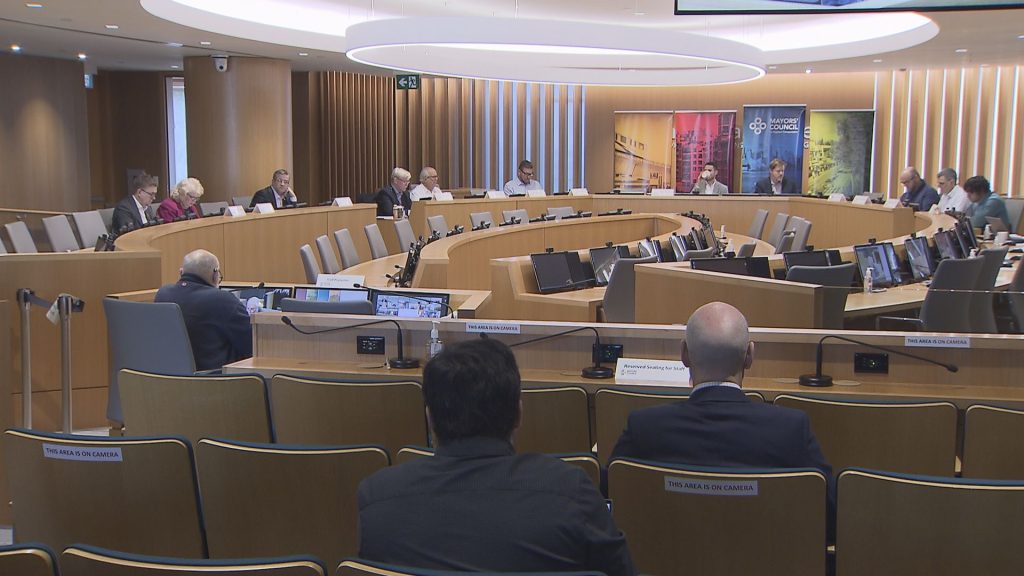Many tents remain on Downtown Eastside; Vancouver mayor pleased with progress

Posted August 24, 2022 9:29 am.
Last Updated August 24, 2022 10:25 pm.
The City of Vancouver says 40 people who were living in an encampment along East Hastings on the Downtown Eastside have accepted offers for a place to stay from BC Housing.
At its peak, about 200 people were living at the so-called “tent city.” However, dozens of tents remain between Gore and Abbott streets.
Tensions have flared between community residents and police amid the removal process. Concerns from advocates have also been voiced about how this undertaking will and has affected some of the city’s most vulnerable people.
On Wednesday, Mayor Kennedy Stewart said he was “pleased” with the progress that’s been made in clearing the street, following a safety order issued a month ago by the city’s fire chief.
“Not fast enough for some people, but it is compassion that’s the core of our response here,” Stewart said.
“For the past few months, the city has been doing everything we can to support unhoused neighbours along Hastings Street. And since Chief Fry’s order on July 5th, this extremely challenging situation has become even more complex. Our job is to balance the fire safety risk with the need of providing housing and compassionate care for some of our city’s most vulnerable residents.”
City manager Paul Mochrie says it’s hard to say how many tents and structures have been removed so far, but workers are removing two tonnes of material per day from the area.
‘Shut up and listen’: Advocate wants mayor to talk to people in the area
Samona Marsh with the Coalition of Peers Dismantling the Drug War takes issue with Stewart’s comments, pointing out dozens more people lost their homes due to the fire at two SROs last week.
“Maybe he should come down there and talk to somebody, instead of just sitting up here saying, ‘Oh, everything’s going fine,'” she said.
She feels people who use drugs aren’t taken seriously.
“All they have to do is shut up and listen for a minute … but because we use drugs, we don’t know what we’re talking about, right? We are the ones that are experts, because it’s our lives,” Marsh said.
“‘They’re making it way worse than it has to be. There’s not adequate places for us — for them. I used to be one of them. I used to stay in an SRO. But I’d rather stay outside than be in an SRO. And they don’t realize that. It’s like, ‘Oh, well, you have a place.’ Yeah, but I wouldn’t let my dog live in there.”
She listed some issues she’s seen in SROs:
“There’s cockroaches galore. There’s people peeing all over the place … black mold, rats, bedbugs.”
Related articles:
-
Advocates blast City of Vancouver, police, fire department for decampment of East Hastings
-
‘This is a humanitarian crisis,’ calls for emergency DTES meeting with David Eby
-
Violent threat to people living on East Hastings prompts police investigation
Marsh says adequate housing is in dire need, given summer will come to an end in a matter of weeks.
“Winter’s coming. The rain’s going to be here soon. And then what? It sucks being out there in the rain, with nowhere to go.”
Stewart claims he frequently visits the Downtown Eastside.
“I’m down all the time. I did have a tour a couple of weeks ago … Many hours, when I went through SROs and went through overdose prevention sites. I went through markets. I talked to people in tents. And I check in a shorter basis, I would say every couple of days,” the mayor said on Wednesday.
For her part, Marsh says she’s personally never seen Stewart spend significant time in the neighbourhood.
“No. I don’t think I’ve ever even seen him in a meeting down there that I’ve gone to. I have to say no, which is kind of sad.”
The initiative to remove the tents remains highly controversial. Instead of being on the frontlines, where the temporary structures are being taken down, Wednesday’s news conference was held at Vancouver City Hall.
In July, Vancouver Fire Chief Karen Fry ordered the removal of structures from the sidewalks along East Hastings between Gore and Abbott streets, citing safety and fire concerns created by the tents and other items. The removal process did not begin until Aug. 9, after several deadline changes.
Fry says there have been 447 inspections in the city’s 181 SROs so far this year.
“Seventy-two of those properties, we’ve found violations … Violations can be anything from fire separations [or] holes in walls, to people that are hoarding, to a fire alarm that is activated and needs to be reset or sprinklers that are activated and need to be reset,” she said.
“We have had 4,910 incidents in our SROs this year alone, those also include overdoses and medical responses. So not just fire risks,” Fry added, noting these make up about 10 per cent of the department’s call volume.
Firefighters have recently responded to at least three fires involving single-room occupancy hotels on the Downtown Eastside. Over 40 residents in two buildings were displaced in the latest blaze earlier this week. The location of the most recent fire was not near the encampment, and the cause is still under investigation.
Last week, representatives from the “Our Streets” community organization took issue with how the planned clearing of the section of East Hastings played out.
Advocates have repeatedly said people are being evicted with no place to go. Many are also highly critical of what they have described as a lack of support from BC Housing. When asked about exploring other options for people living along the corridor to move to, Mochrie said there are a number of challenges.
“As of our last homeless count in 2020, we had over 500 people unsheltered in Vancouver. There’s simply not sufficient spaces to accommodate that number of people, space or spaces, and certainly not in the Downtown Eastside. So what you’re potentially contemplating there is relocating people to other neighborhoods, away from services, away from their community, which would be extremely traumatic.”
‘The solutions are indoor options,’ city manager says
Mochrie insists the priority should be on getting people indoor places to live.
“Those large encampments … inherently become unsafe. They would require a whole number of controls that would be very expensive and would detract both focus and resources from our from our aims around indoor shelter. [It] also would create barriers to people who, for example, are not interested in staying in shelters. Likely, those barriers would present equally for a large kind of city-managed encampment.
“Having explored it in depth, we don’t see that as an immediate solution. Really, the solutions here are indoor options. And pending those, supporting the people on the street as best we can.”
Read more:
-
Charges laid after Tuesday’s confrontation between VPD and DTES residents
-
Vancouver begins tent removal along East Hastings Street
-
Mayor Kennedy Stewart says feds and B.C. need to step up funding for unhoused
Stewart echoed Mochrie’s sentiments, saying the city is “committed to following a housing-first approach.”
“Where that has not yet come online, we’ll provide as many quality shelter spaces as we can. Our last option for everybody is to be sleeping outside rough. When that does occur, we try to provide as many services as we can — water, bathrooms, food — but our main goal is to get folks into a much better housing situation that is much more stable.”
He adds the city owns only a small fraction of Vancouver’s housing.
“Most European cities, for example, would have 20 to 25 per cent of their housing stock being government owned. In Vancouver, it’s about five per cent. So we have a long way to catch up,” he said.
“The bottom line is that we have made good progress in terms of moving people indoors, reducing fire risk, and clearing garbage and refuse from Hastings Street. We’ve done this by working closely with the Province of British Columbia to identify new sources of housing and shelter that we can bring online while we continually work to identify more permanent housing solutions.”
Police and city staff used to clear tents and belongings off parts of East Hastings Street every morning, but that practice stopped at the beginning of July after years of opposition from advocates.










